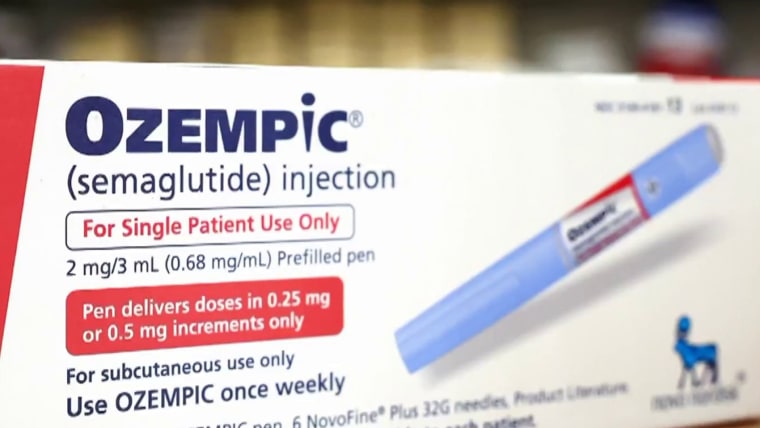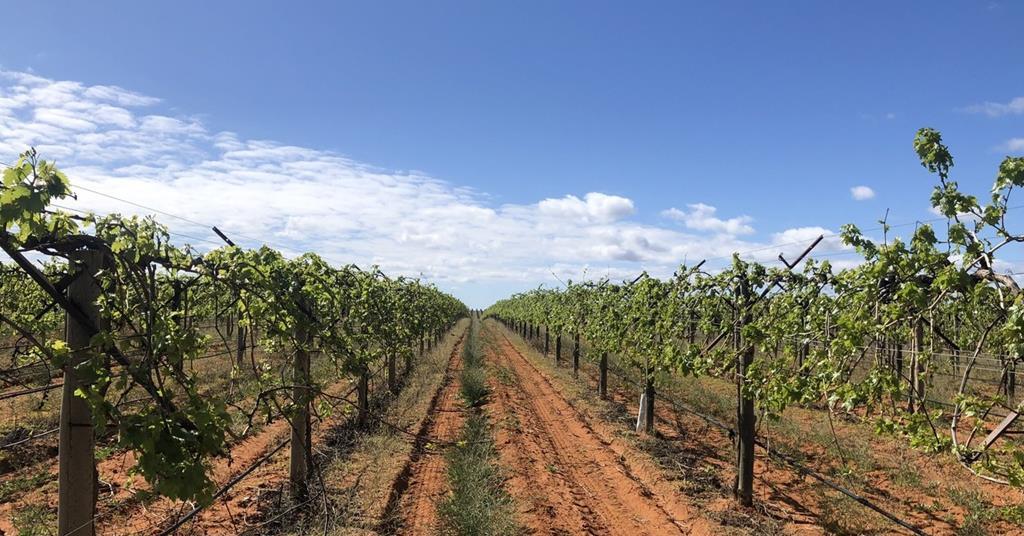Innovation and Intellectual Property – Iowa State University

Translational Research at the College of Agriculture and Life Sciences (CALS) and its Contribution to Sustainable Development Goals
Executive Summary
The College of Agriculture and Life Sciences (CALS) at Iowa State University actively translates scientific discovery into market-ready solutions, embodying its “Science with Practice” motto. Through a structured innovation pipeline, CALS research generates tangible products, policies, and practices that provide significant contributions to numerous United Nations Sustainable Development Goals (SDGs). The college’s framework supports researchers in developing prototypes, conducting field trials, and forging industry connections, ensuring that innovations in agriculture and life sciences deliver measurable real-world impact.
Fostering Innovation for Sustainable Development (SDG 9)
CALS has cultivated a robust ecosystem that promotes innovation and ensures research translates into tangible benefits, directly supporting SDG 9: Industry, Innovation, and Infrastructure. This is achieved through a clear pathway from discovery to widespread application.
From Discovery to Application
The process begins with foundational research and is advanced through dedicated institutional support. Key facilities and programs facilitate this transition:
- Prototype Development and Field Trials: Researchers are encouraged to move beyond theory and test innovations in real-world conditions.
- The BioCentury Research Farm: This CALS facility serves as a critical incubator, allowing for the scaling of laboratory discoveries to pilot-scale demonstrations, a crucial step for commercial viability and sustainable industrialization.
Strategic Partnerships and Technology Transfer (SDG 17)
Collaboration is central to the CALS model, reflecting the principles of SDG 17: Partnerships for the Goals. By working with external partners, the college accelerates the adoption of sustainable technologies.
- Intellectual Property Management: The Iowa State Office of Intellectual Property and Tech Transfer secures patents for new technologies.
- Commercialization Pathways: The office actively seeks licensing deals or facilitates startup formation to bring innovations to the marketplace.
- Industry Co-Development: Many CALS innovations, such as new crop varieties and animal vaccines, are co-developed with corporate partners and commodity groups, ensuring a smooth transition to widespread use and supporting inclusive economic growth.
Key Contributions to Specific Sustainable Development Goals
The outcomes of CALS research have led to the formation of new companies and commercial products that address several global challenges outlined in the SDGs.
- SDG 2: Zero Hunger: The development of new, resilient crop varieties and precision agriculture software directly contributes to achieving food security, improving nutrition, and promoting sustainable agriculture.
- SDG 3: Good Health and Well-being: Discoveries in genetics, health, and the creation of animal vaccines enhance public health and food safety.
- SDG 6: Clean Water and Sanitation: The creation of startups focused on innovative wastewater technologies addresses the global need for sustainable water management.
- SDG 7: Affordable and Clean Energy: Research has spurred the creation of new companies in the field of biorenewable fuels, advancing the transition to sustainable energy sources.
- SDG 8: Decent Work and Economic Growth: By mentoring student entrepreneurs and fostering a pipeline of ag-tech startups, CALS promotes sustained, inclusive, and sustainable economic growth and productive employment.
Conclusion: A Culture of Impact
The institutional culture at CALS is engineered to promote and support innovation, ensuring that research translates into practices, products, and policies that benefit society. This strategic alignment of academic discovery with practical application exemplifies the innovative spirit of Iowa State University and demonstrates a profound commitment to advancing the global Sustainable Development Goals.
1. Which SDGs are addressed or connected to the issues highlighted in the article?
The article highlights several initiatives and outcomes at Iowa State University’s College of Agriculture and Life Sciences (CALS) that connect directly to multiple Sustainable Development Goals. The core theme of translating scientific research into real-world applications, particularly in agriculture, energy, and technology, aligns with the following SDGs:
-
SDG 2: Zero Hunger
This goal is addressed through the development of agricultural innovations. The article mentions that CALS research leads to “new crop varieties or animal vaccines,” which are fundamental to improving agricultural productivity, resilience, and sustainability, thereby contributing to food security.
-
SDG 7: Affordable and Clean Energy
The article explicitly states that CALS research has led to new companies in areas such as “biorenewable fuels.” This directly supports the transition to sustainable energy sources by fostering innovation in clean energy technology.
-
SDG 9: Industry, Innovation, and Infrastructure
This is a central theme of the article. The entire narrative focuses on building a resilient infrastructure for innovation, from research to market. The text emphasizes how CALS helps researchers “develop prototypes, conduct field trials and connect with industry,” and measures its impact by the “number of startups and commercial products.” This embodies the spirit of fostering innovation and upgrading technological capabilities.
-
SDG 17: Partnerships for the Goals
The article underscores the importance of collaboration. It notes that “working with industry partners is common” and that many innovations are “co-developed with companies or commodity groups.” This highlights the creation of multi-stakeholder partnerships to achieve sustainable development objectives by sharing knowledge, expertise, and technology.
2. What specific targets under those SDGs can be identified based on the article’s content?
Based on the activities described, several specific SDG targets can be identified:
-
SDG 2: Zero Hunger
- Target 2.a: “Increase investment… in agricultural research and extension services, technology development…” The article is a case study of this target in action, describing how an academic institution (CALS) invests in research and infrastructure like the BioCentury Research Farm to generate “a pipeline of innovations in agriculture and life sciences.”
-
SDG 7: Affordable and Clean Energy
- Target 7.a: “By 2030, enhance international cooperation to facilitate access to clean energy research and technology… and promote investment in… clean energy technology.” The development of “biorenewable fuels” from CALS research is a direct contribution to advancing clean energy technology.
-
SDG 9: Industry, Innovation, and Infrastructure
- Target 9.5: “Enhance scientific research, upgrade the technological capabilities of industrial sectors… encouraging innovation and substantially increasing the number of research and development workers…” The article’s focus on a “culture to promote and support innovation and discoveries” and its efforts to “secure patents and seek licensing deals or startup formation” directly align with enhancing scientific research and encouraging innovation.
- Target 9.b: “Support domestic technology development, research and innovation…” The entire framework described, from the BioCentury Research Farm incubator to the Office of Intellectual Property and Tech Transfer, is a system designed to support domestic technology development and innovation.
-
SDG 17: Partnerships for the Goals
- Target 17.17: “Encourage and promote effective public, public-private and civil society partnerships…” The statement that many CALS innovations are “co-developed with companies or commodity groups” is a clear example of the public-private partnerships this target aims to promote.
3. Are there any indicators mentioned or implied in the article that can be used to measure progress towards the identified targets?
Yes, the article explicitly and implicitly mentions several indicators that can be used to measure progress:
-
Indicators for SDG 9 (Target 9.5)
The article directly states that CALS’s impact can be measured by specific outputs. These serve as direct progress indicators:
- Number of startups created: The text says impact is measured by the “number of startups… emerging from its research.”
- Number of commercial products developed: This is mentioned alongside startups as a key metric: “number of… commercial products emerging from its research.”
- Number of patents secured: The process includes having the Office of Intellectual Property and Tech Transfer “secure patents,” which is a standard indicator of innovation output.
-
Indicators for SDG 2 (Target 2.a) and SDG 7 (Target 7.a)
While not quantified, the article implies progress through the existence of specific technological advancements:
- Development of new agricultural technologies: The creation of “new crop variety,” “animal vaccines,” and “precision agriculture software” are tangible outcomes of investment in agricultural research.
- Development of clean energy technologies: The emergence of companies in “biorenewable fuels” is an indicator of progress in clean energy research and development.
-
Indicators for SDG 17 (Target 17.17)
The existence and number of partnerships serve as an indicator:
- Number and nature of public-private partnerships: The article implies this can be measured by tracking innovations that are “co-developed with companies or commodity groups.”
4. Create a table with three columns titled ‘SDGs, Targets and Indicators” to present the findings from analyzing the article.
| SDGs | Targets | Indicators |
|---|---|---|
| SDG 2: Zero Hunger | 2.a: Increase investment in agricultural research and technology development. |
|
| SDG 7: Affordable and Clean Energy | 7.a: Facilitate access to clean energy research and technology. |
|
| SDG 9: Industry, Innovation, and Infrastructure | 9.5: Enhance scientific research and encourage innovation.
9.b: Support domestic technology development, research and innovation. |
|
| SDG 17: Partnerships for the Goals | 17.17: Encourage and promote effective public-private partnerships. |
|
Source: cals.iastate.edu
What is Your Reaction?
 Like
0
Like
0
 Dislike
0
Dislike
0
 Love
0
Love
0
 Funny
0
Funny
0
 Angry
0
Angry
0
 Sad
0
Sad
0
 Wow
0
Wow
0



















































.jpg.webp?itok=0ZsAnae9#)

























